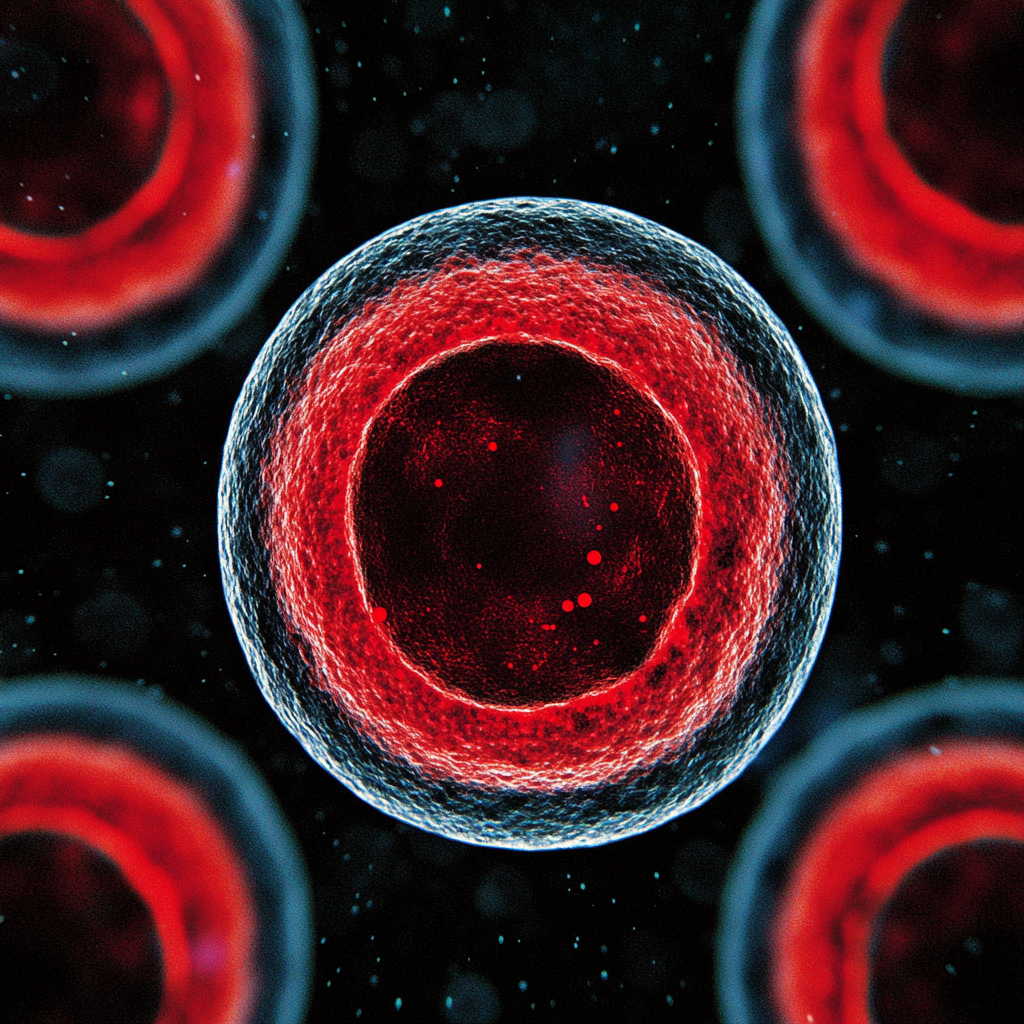Clinical Trials
Category Added in a WPeMatico Campaign
-

Proactive Identification and Digital Mental Health Intervention for the Treatment of Depression Among Individuals With Likely Incurable Cancer: A Pilot Randomized Clinical Trial
CONCLUSIONS: A proactive ID + DMHI approach to identifying and treating depression among ILLIC is feasible, acceptable, and potentially efficacious. These promising data support conducting a large efficacy trial evaluating this approach.
-

Changes in frailty based on minimally important difference and the impact of spironolactone on frailty in heart failure with preserved ejection fraction: insights from the TOPCAT trial
CONCLUSIONS: Frailty improvement exceeding the 0.03 FI threshold predicts better prognosis in HFpEF, underscoring the value of routine assessment. Spironolactone use was associated with neutral effects on frailty progression in our analysis, suggesting potential safety in this vulnerable population.
-

Sustained resolution of enthesitis and peripheral arthritis over 104 weeks with bimekizumab in axial spondyloarthritis
CONCLUSION: BKZ resulted in sustained improvements in peripheral manifestations to 2 years across the full disease spectrum of axSpA.
-

Reduced Chronic Obstructive Pulmonary Disease-Related Utilization of Health Care Services and Increased Social Activities by Patients Offered a 24/7 Accessible Telehealth Service Based on the Epital Care Model: Pragmatic Modified Stepped Wedge Randomized Controlled Trial
CONCLUSIONS: These results contribute to a new perspective on how health care services can be organized to reduce health care usage and increase social activity and mobility based on an ECTHS manned with nonprofessional certified staff.
-

Implementing a single-person virtual Trier social stress test via zoom: validation and outcomes
The Trier Social Stress Test (TSST) reliably induces psychosocial stress, but its high resource demands limit its applicability in many research contexts. We evaluated a single-person videoconference TSST (vcTSST) delivered via Zoom using pre-recorded «jury» members. Forty-one healthy, German-speaking students were randomized to vcTSST (n = 21) or a structurally matched control (n = 20).…
-

Agreement between intraocular pressure measurement using Goldmann applanation tonometry with and without fluorescein in consecutive Ghanaian patients
CONCLUSION: Unadjusted IOP measurement without fluorescein was approximately 3 mmHg significantly lower than with fluorescein. We recommend practitioners maintain the gold standard GAT with fluorescein to guide accurate glaucoma diagnosis and management decision-making.
-

Efficacy of semilunar ganglion radiofrequency thermal coagulation in moderate and severe trigeminal postherpetic neuralgia and its impact on serum IL-1β and IL-6 levels
CONCLUSION: Gasserian ganglion RF-TC is a safe, effective TPHN treatment, achieving significant pain reduction and proinflammatory cytokine suppression.
-

Value of targeted next-generation sequencing in pathogen detection for neonates with respiratory distress syndrome: a prospective randomized controlled trial
CONCLUSIONS: tNGS significantly improves the pathogen detection rate in neonates with moderate to severe RDS and offers advantages in the rapid identification of co-infections and reduction of antibiotic treatment duration, suggesting it has clinical utility and potential for wider adoption.
-

Low-dose rapamycin alleviates clinical symptoms of fatigue and PEM in ME/CFS patients via improvement of autophagy: a pilot study
CONCLUSIONS: Low-dose rapamycin effectively reduced PEM and other key symptoms in patients with ME/CFS, as measured by BAS, SSS, MFI, and SF-36. Future studies should encompass dose optimization and develop a diagnostic tool to identify responders with mTOR-mediated autophagy disruption.
-

Diagnostic performance of a 250-ml net ultrafiltration challenge to identify risk of preload-dependence in critically ill patients undergoing continuous renal replacement therapy: a randomized, cross-over trial
CONCLUSIONS: A 250-ml UF(NET) challenge had acceptable diagnostic performance to identify preload-independent patients becoming preload-dependent during CRRT, with no detectable difference between fast and slow challenges. A CCI variation ≥ 5% during a PM in preload-independent patients may help identify those at risk of becoming preload-dependent.